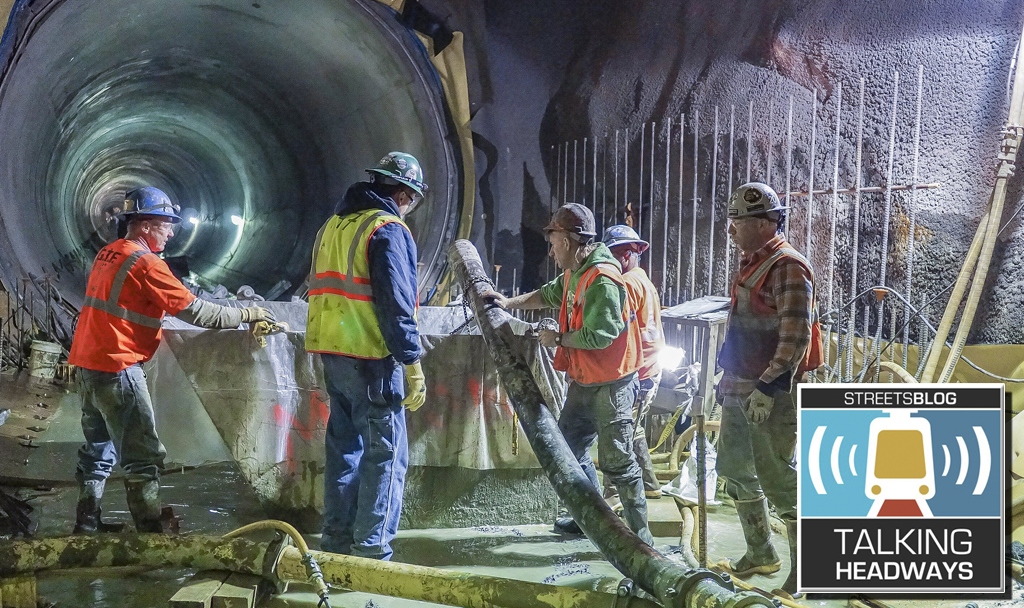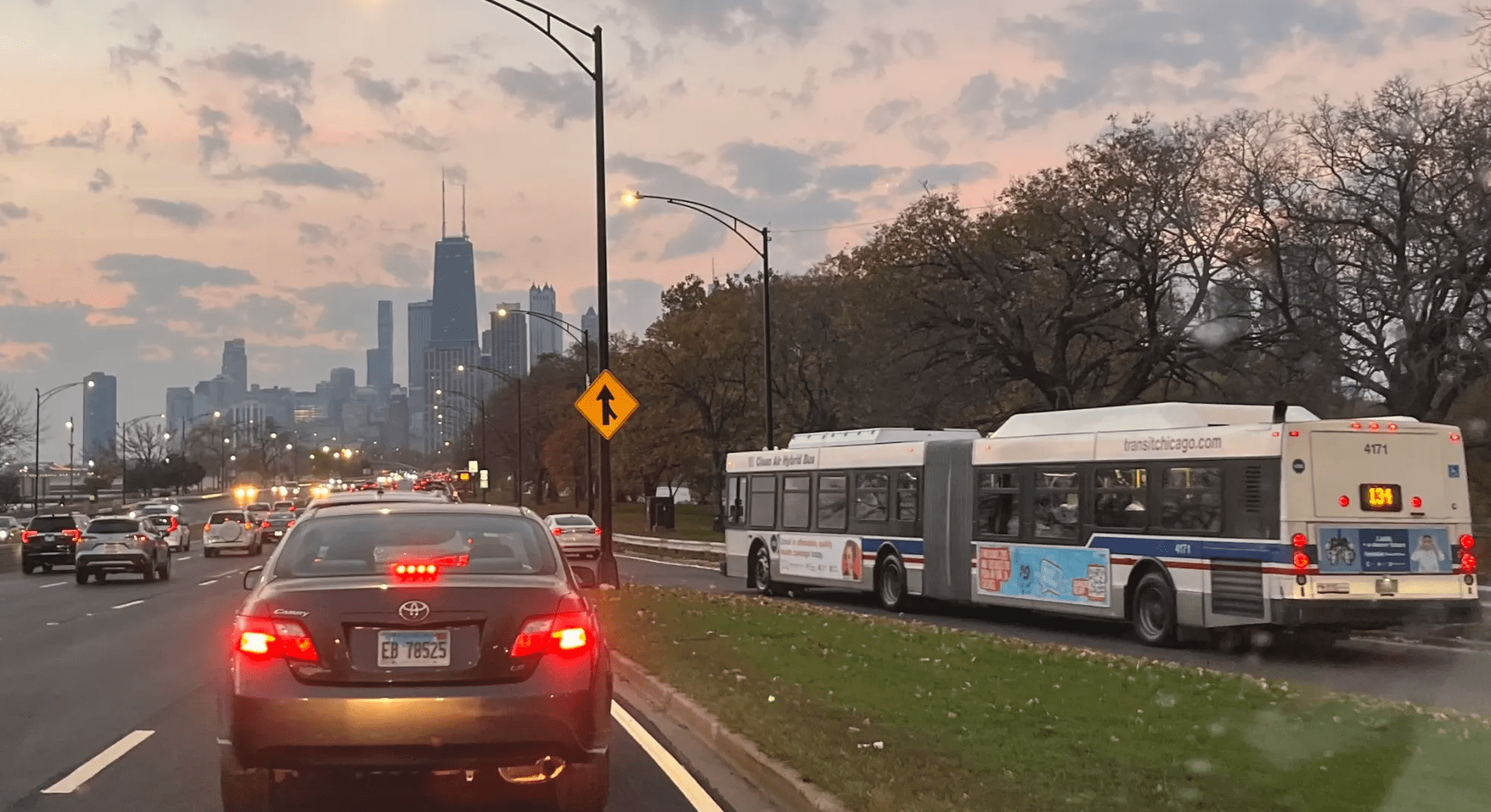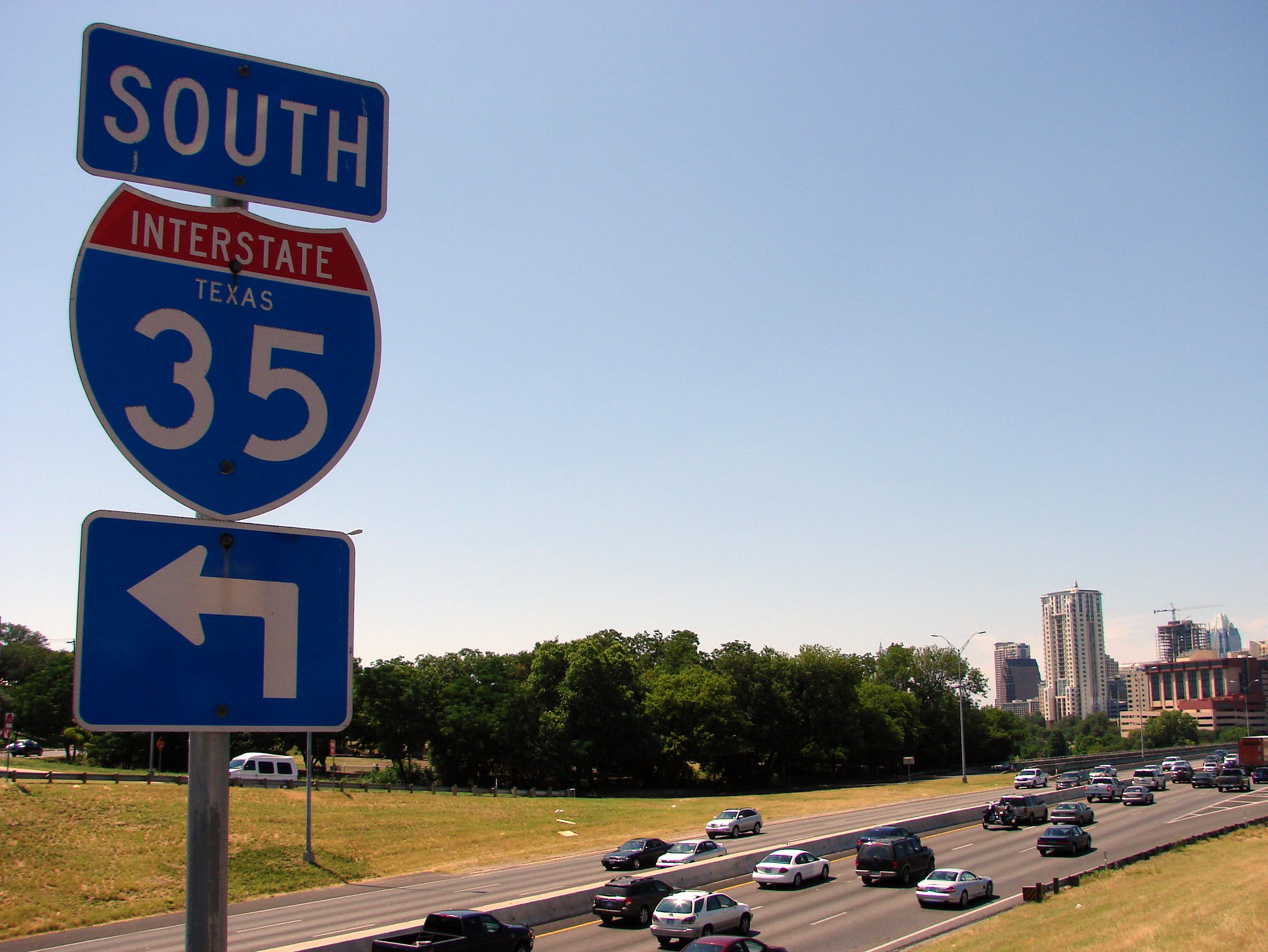 The Congress for New Urbanism released a highly entertaining top ten list today: the North American highways most in need of demolition. At the top is Seattle's Alaskan Way Viaduct, a structurally damaged elevated highway that, if removed, would free up 335 acres of public land by Elliott Bay.
The Congress for New Urbanism released a highly entertaining top ten list today: the North American highways most in need of demolition. At the top is Seattle's Alaskan Way Viaduct, a structurally damaged elevated highway that, if removed, would free up 335 acres of public land by Elliott Bay.
New York's Sheridan Expressway, which traverses 1.25 miles of Bronx River waterfront (right), comes in at number two. Thanks to the advocacy of the Southern Bronx River Watershed Alliance, the state DOT is considering a proposal to replace the lightly-traveled, Moses-era Sheridan with housing and parks. As the Tri-State Transportation Campaign reported last month, preserving it is becoming harder and harder to justify.
Here's the full "Freeways Without Futures" list, issued as part of a joint venture between CNU and the Center for Neighborhood Technology called the Highways to Boulevards Initiative:
- Alaskan Way Viaduct, Seattle, WA
- Sheridan Expressway, New York, NY
- The Skyway and Route 5, Buffalo, NY
- Route 34, New Haven, CT
- Claiborne Expressway, New Orleans, LA
- Interstate 81, Syracuse, NY
- Interstate 64, Louisville, KY
- Route 29, Trenton, NJ
- Gardiner Expressway, Toronto, ON
- 11th Street Bridges and the Southeast Freeway, Washington D.C.
Previous highway-to-boulevard conversions have succeeded in cities from New York to San Francisco to Seoul, often in the face of opposition from carmaggedon-predicting doomsayers. More from CNU President John Norquist on why freeway removal makes sense, after the jump.
CNU President and CEO John Norquist says that compared to the prospect of completely rebuilding aging freeways -- something that’s inevitable after 40 or 50 years -- highways-to-boulevards projects are real money savers. "There’s a whole generation of elevated highways in cities that are at the end of their design life. Instead of rebuilding them at enormous expense, cities have an opportunity to undo what proved to be major urban planning blunders," said Norquist, Mayor of Milwaukee when it replaced the Park East Freeway with McKinley Boulevard in 2002. "The Federal Highway Fund just received a short-term bailout. The money that does exist can be invested much more efficiently in surface streets and transit. The development that results is walkable and close to jobs and city life. It helps residents keep a lot of money in their wallets that they’d otherwise spend driving."
"Fifty years ago, when there was flight from cities, industrialized waterfronts seemed like a convenient place to run freeways," Norquist said. "The result for the neighborhoods has been blight. Cities like San Francisco that have removed freeways and reclaimed waterfronts have turned them into magnets for people and investment."





